Eleven wedding traditions explained.
Have you ever wondered where some of the wedding traditions here in the UK actually come from?
Why is the “best man” so-called? Why does the bride throw her bouquet?
Being naturally curious and seeing these traditions taking place on a weekly basis, I decided to do some research into where the customs which make your wedding day come from – and some of them are surprising
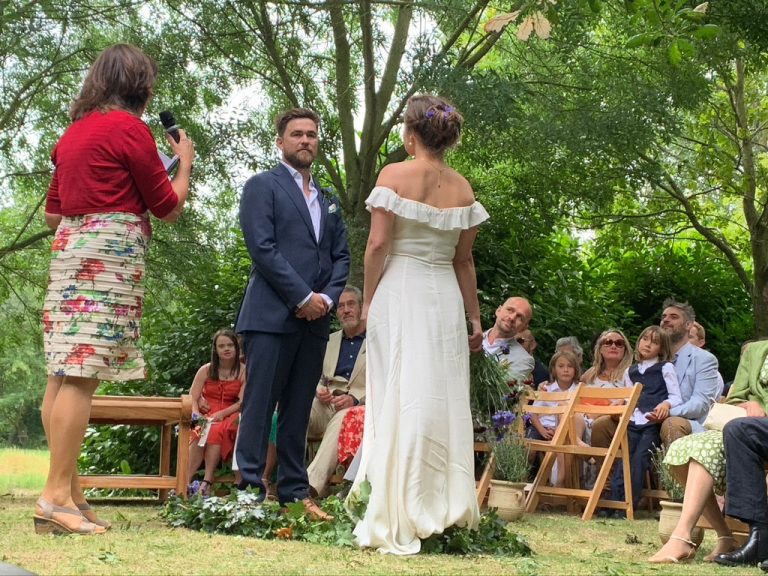
1 Why does the bride stand on the left of the groom during the wedding ceremony?
This is a chivalrous one. Most of today’s wedding traditions date back to Roman times believe it or not.
So why does the bride stand to the left of the groom?
In days of old, brides were often stolen from their families to be married. Back then, brides were the property of their fathers (yes, their fathers actually OWNED them), and the custom was for a dowry to be paid in exchange for a daughter’s hand in marriage.
By “stealing” the bride, the dowry was bypassed, but there was always the chance that an angry family would come looking for the couple and attempt to take the bride back during the wedding ceremony.
Traditionally soldiers held their sword in their right hand, so by standing to the left of the groom, the bride could be protected with his left arm, and he could draw and use his sword with his right should the need arise.
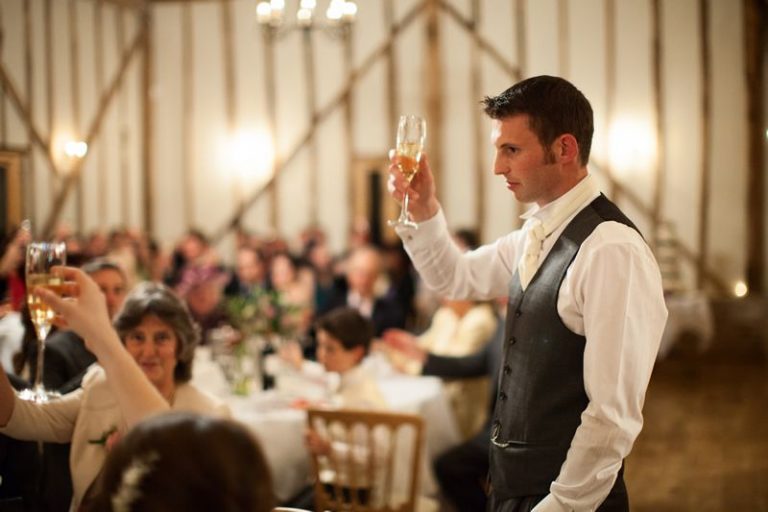
2 Why is the best man so called?
This wedding tradition is very closely related to the fact above.
The “best man” was also known occasionally as a “bride knight”. Yes, he was there to help protect the bride from being kidnapped and stolen. The groom would choose his best and most honourable swordsman to help protect the bride from being stolen during the wedding ceremony.
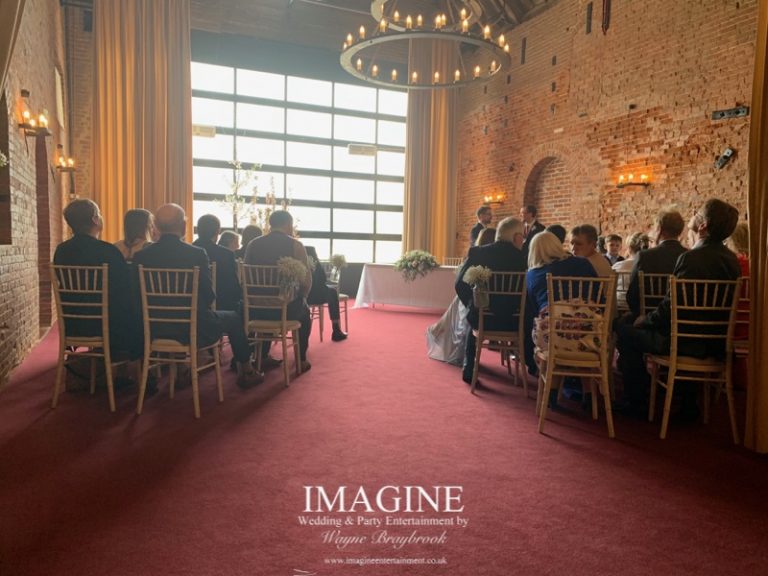
3 Why does somebody “give the bride away”?
In days of old, daughters in the eyes of the law were the property of their fathers!
Back then, a dowry of sorts was paid by the groom and his family to the bride’s father in exchange for her hand in marriage. So on the day of the wedding itself, the father of the bride would give ownership of his daughter away to her groom.
Incidentally, the (rarely seen these days) custom of tying old boots and shoes to the back of the car the bride and groom leave the wedding reception in is closely related to this. As well as giving ownership of his daughter to the groom, the father of the bride would also traditionally give the groom his boots!
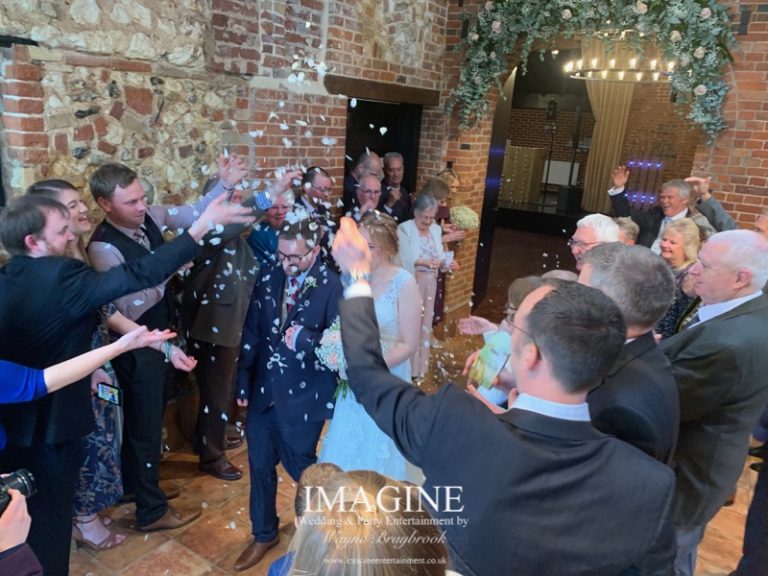
4 Why does the bride carry flowers?
These days, it’s because they look pretty.
This particular wedding tradition is thought to have several origins though…
To hide the smell of the bride
Yes – in days of old, washing wasn’t commonplace and people didn’t necessarily smell that good! Bouquets of garlic, herbs and other strong smelling plants were carried to disguise this fact
To ward off evil spirits
Pesky evil sprits appear quite a lot in the ancient customs. One of the reasons for carrying herbs and garlic was to ward off these nasty little sprites
It’s a symbol of fertility
Yup – wedding traditions also carry a lot of symbolism, and the flower being the fertile part of a plant was seen as a sign of fertility for the bride.
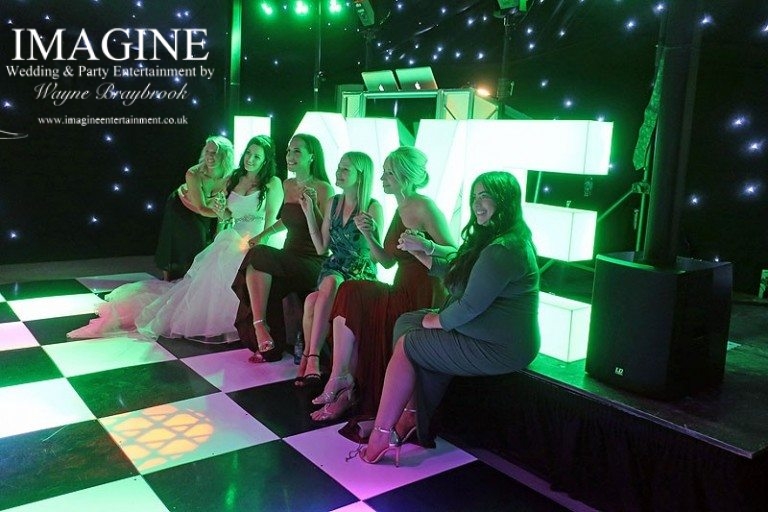
5 Why do you have bridesmaids?
Believe it or not – they weren’t always there to carry your mobile phone, apply lip gloss when needed and be a general rock on the lead up to the wedding service!
For this particular wedding tradition, we’re back to the pesky evil spirits from the question above (told you the appear a lot!).
It was thought that evil spirits would try to stop the bride from getting to her wedding, and so the custom was for the bride to have 10 (yes ladies….TEN) attendants, all dressed identically to her, to act as decoys. The idea being that the evil spirits wouldn’t know the difference between the bride and her maids, and hopefully go for the wrong one.
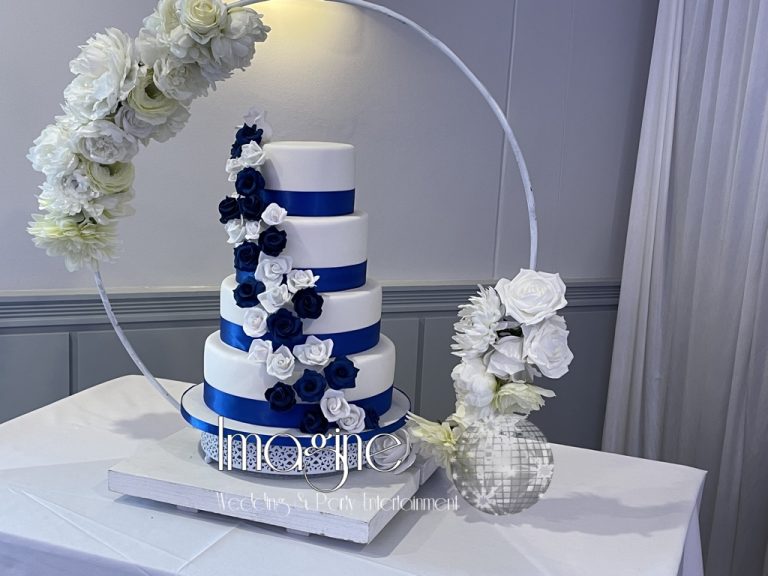
6 Why do we eat cake at weddings?
It’s because we all like cake, isn’t it?
Nope…it’s another symbol of fertility I’m afraid – and there’s a LOT of tradition behind this one.
In Roman times, it was customary for the groom to break a loaf of barley bread over his bride’s head. It was seen both as a sign of fertility, but also to assert his dominance over her as her new “owner”.
In Medieval times, guests would bring unsweetened cakes (think bread buns) to the wedding and stack them into a pyramid structure over which the bride and groom were supposed to kiss. The higher the pyramid, the more children the bride was supposed to bear apparently.
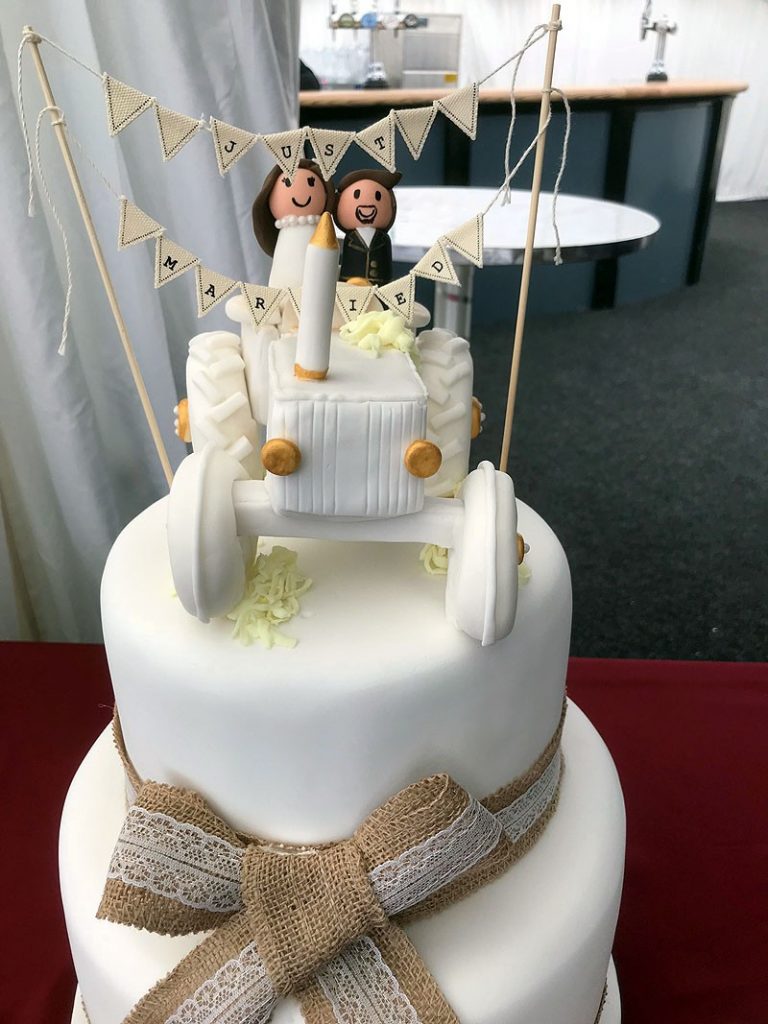
7 Why is the cake traditionally white?
This is a more modern wedding tradition, dating back only to Victorian times.
White in Victorian times was seen to be pure and chaste, and indeed it was Queen Victoria herself who popularised the tradition of the white dress.
However, white icing required very finely ground sugar which was both rare and expensive in Victorian England. So, the whiter the cake, the richer the family!
It was a simple case of boasting about the family’s wealth!
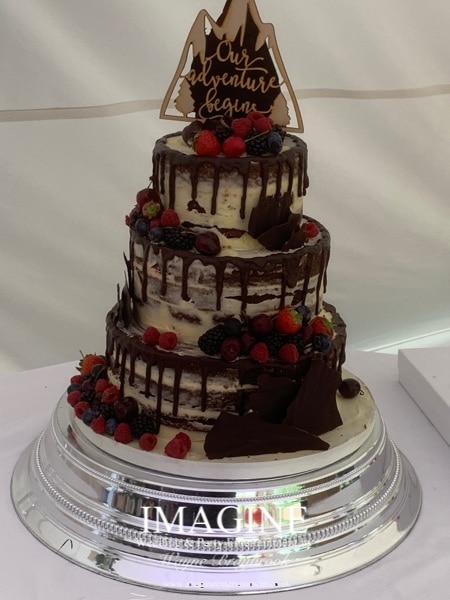
8 Why does the cake traditionally have tiers?
Another wedding tradition with a fertility link here I’m afraid.
See no 6 above. In Medieval times, guests would pile cakes into a pyramid shape for the bride and groom to kiss over. It was thought that the height of the pyramid was linked to the fertility of the newlywed couple and the higher the tiers, the more children they would produce (very important in days of high infant mortality).
In the UK these days, the tiers on a wedding cake are more for show than anything. However, for a close link to Medieval cakes, the French still use something similar called Croquembouche (a pyramid of Profiteroles and sugar….and absolutely gorgeous!)
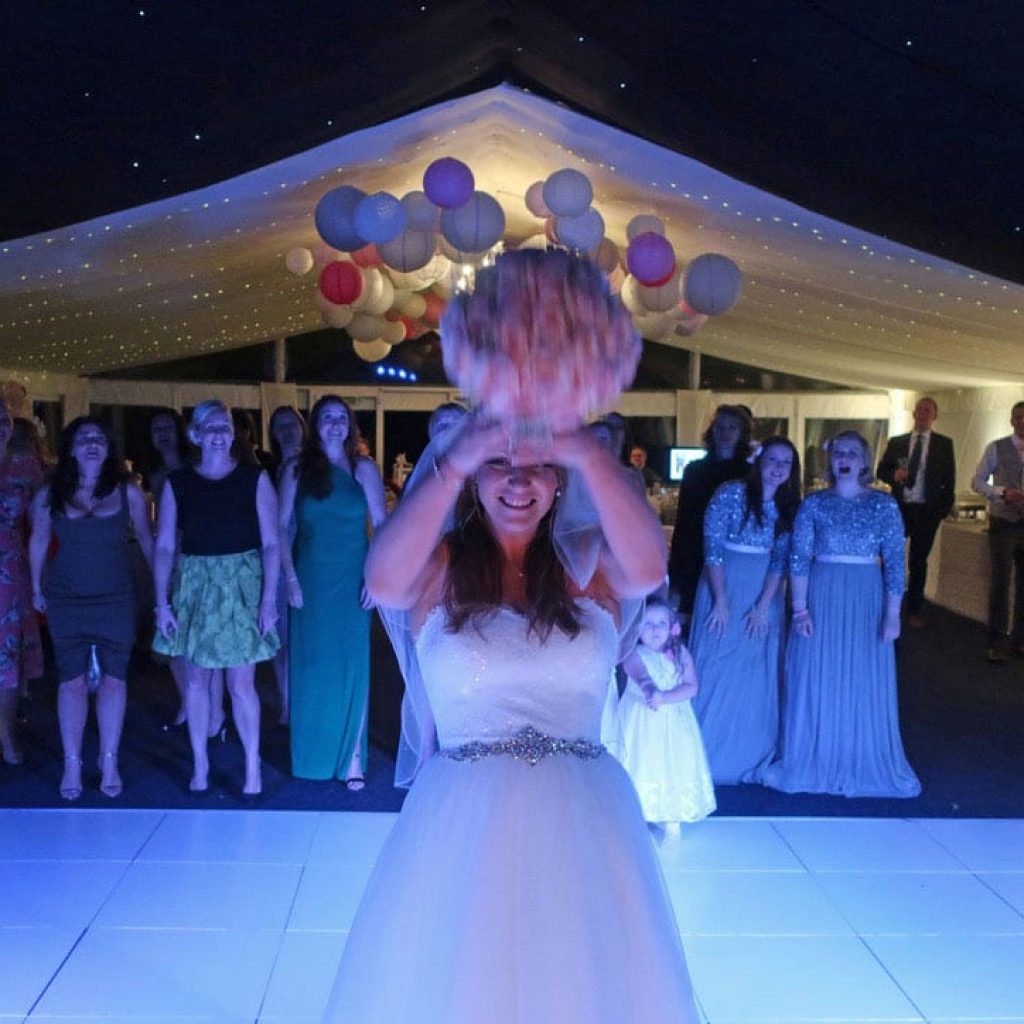
9 Why does the bride throw her bouquet?
Fertility and good luck are at the base of this wedding tradition.
Before Queen Victoria married Prince Albert in 1840, brides didn’t wear the extravagant white dresses we think of today. In fact, they simply wore the best dress they owned.
A bride’s dress was considered to bring good luck, especially with regards to….yes you’ve guessed it….fertility!
Remember, in those days infant mortality was high and couples used to have to have a lot of babies to ensure at least a couple survived. To that end, people would take any good luck charm they could lay their hands on.
Because of this, it was nothing unusual for women at the wedding to literally tear shreds from the bride’s dress in the hope of bagging a keepsake and lucky charm.
It’s thought that brides started throwing their bouquet (remember….already a massive symbol of fertility) as a way of distracting the assembled womenfolk from her dress.
This is now a wedding tradition which rarely happens due to the cost of the bouquet. When it does happen, it tends to be with a cheaper substitute bouquet and for symbolic purposes only.
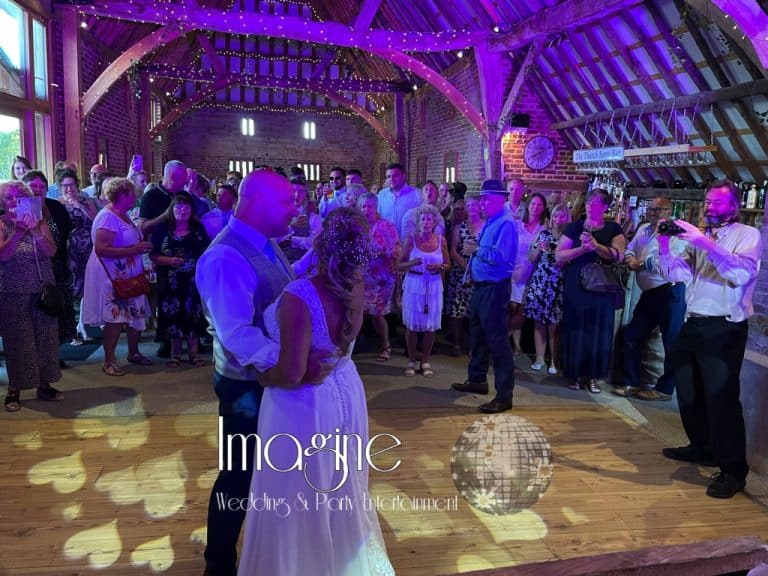
10 What is the tradition behind the first dance?
Not quite so old, and not originally a wedding tradition – this one is more related to the grand balls of the 18th century.
Grand balls where normally held in honour of somebody (for instance, a local dignitary) and it was customary for them to take the first dance and “open the dance floor” to their guests for dancing.
The first dance at a wedding is exactly the same. The bride and groom as the guests of honour (after all, the wedding reception is traditionally a party thrown by the bride’s family to honour the newlyweds), traditionally have the first dance of the evening which then allows their guests to join them on the dance floor.
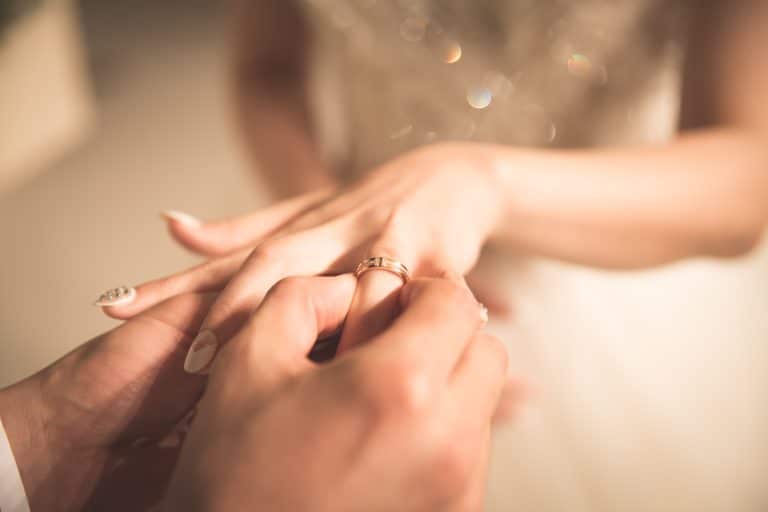
11 Why do we have wedding rings, and why are they placed on the third finger of the left hand?
This one actually goes back to the Ancient Greeks, who didn’t have quite the understanding of the circulatory system that we do today. And of all the wedding traditions, it’s probably the most romantic!
Firstly – why a gold ring? That’s easy…a ring symbolises your love for each other which has no beginning and no end. Why gold? Gold is precious, as is love.
As for the third finger on the left hand….the Ancient Greeks believed that there was a vein that led directly from this finger to the heart, thus being the ultimate way of transferring the symbolism of the ring to the heart.

